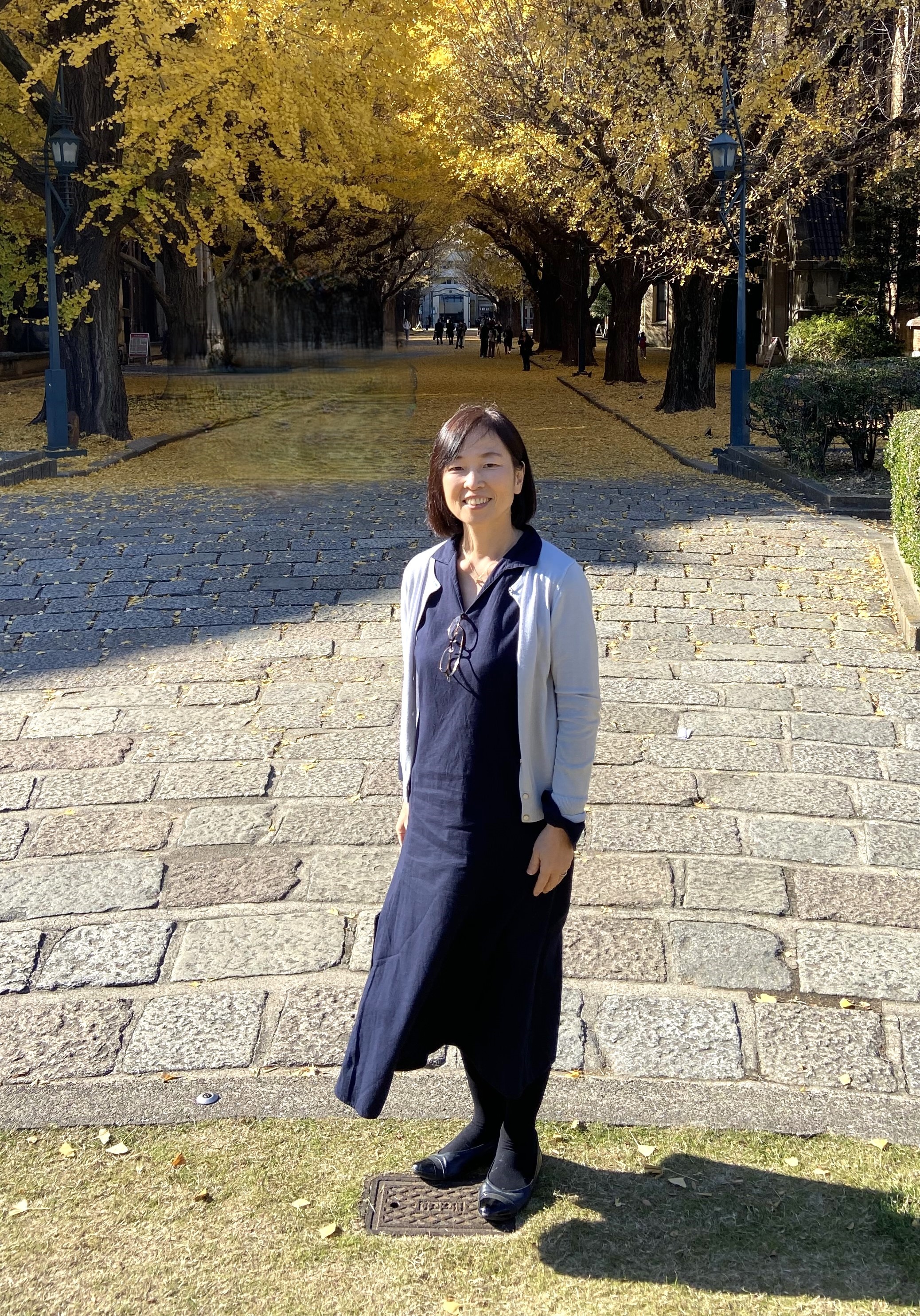About
- Message from Coordinator
- History
- What is JLCSE
- Staff
- Research Activities
- Annual Report
- Office & Lounges
- Campus Life

Message from Coordinator
Modern society faces environmental destruction, poverty, multi-cultural and multi-ethnic populations, economic gaps and other challenges, and the very foundations of modern society such as capitalism and democracy are now unstable. In this rapidly evolving globalization, understanding others beyond one’s borders and having broader perspectives are becoming even more important.
In this current situation, there is a demand for language education that contributes to people’s lives and society. Language is created through the relationships between others and society. Language connects people and allows them to understand and think about the ongoing events in the world.
The Japanese Language Education Course of the Graduate School of Engineering (JLCSE) at the University of Tokyo marked its 40th year in 2021, and its education field is expanding every year in response to increasing demand. The JLCSE started in 1981 as a Japanese language education program to support the daily lives of international students. In 1988, the Japanese language education program began to support academic life and research work. Japanese cultural education started in 1999 and an employment support course was provided for international students in 2010 to further promote international understanding and exchange activities. Since 2012, the JLCSE has been working to cultivate tolerance and sensitivity to different cultures among Japanese students and create a coexisting campus life in addition to the empowerment of international students. For example, we started a multilingual exchange program called “International lounge” in an attempt to utilize the language abilities of international and Japanese students in an organic environment and promote exchanges between them. Also, since 2016, the Japanese Class Volunteer Programs at overseas partner universities have started to provide opportunities to cultivate cross-cultural understanding and a global mindset through student exchange that focuses on supporting Japanese classes at partner universities overseas. As a result, Japanese students were given an opportunity to think about the significance and ideal state of international cooperation and exchange to train and enhance themselves. In 2021, we overcame the coronavirus pandemic and developed MOOCs (Massive Open Online Courses) as online teaching materials, and from 2023, through the Sakura Science Programme, we are inviting students mainly from India, with the aim of contributing to Japanese language education in Japan and abroad.
Japanese teachers provide language education by interacting with international students from diverse cultural backgrounds, leading cross-cultural understanding and utilizing their accumulated experiences. We would like to use these achievements from the past to promote international education to Japanese students and practice language education that benefits society in addition to offering Japanese as a second language education and Japanese cultural education.
Yumiko FURUICHI Ph.D., Professor,
Japanese Language Course, School of Engineering,
Institute for Innovation in International Engineering Education,
The University of Tokyo
History
| November 1981 |
Founded as the “Japanese Language Course” in the Faculty/School of Engineering for seven government-sponsored university students who were admitted in the “New Research Program including Japanese Language and Japanese Industry Situation.” |
|---|---|
| 1982 | The Japanese Language Class, Department of Civil Engineering opened. |
| 1983 | The International Exchange Office, Faculty/School of Engineering was established. |
| 1985 | The Center for International Students Education, The University of Tokyo (currently the Center for Japanese Language Education) was established. |
| 1987 | The Japanese Language Class, Department of Urban Engineering opened. |
| 1989 | The Japanese Language Class, Department of Nuclear Engineering (currently Department of Systems Innovation) opened. |
| 1990 | International Students at the School of Engineering besides those who were in the “New Research Program including Japanese Language and Japanese Industry Situation” joined. |
| 1997 | The “Japanese Language Course, Faculty of Engineering” was renamed as the “Japanese Language Class, School of Engineering.” |
| 2001 | The Japanese Language Class, MEM(Mechanical Electrical Material Engineering, later renamed IME, International Multidisciplinary Engineering Graduate Program) opened. |
| 2004 | International students from the Graduate School of Information Science and Technology joined. The Japanese Language Class, Komaba Research Campus was opened. |
| 2009 | Spouses of international students and researchers joined. |
| 2011 | Renamed the “Japanese Language Class, Center for International Affairs of the Institute of Innovation in International Engineering Education.” |
| 2014 | Exchange students throughout the university joined. |
| 2015 | The Japanese language course became an accredited course. |
What is JLCSE
Our Mission
- To provide Japanese language education to support academic life and life in Japan of international students and researchers.
- To provide Japanese cultural education to international students and researchers.
- To promote and develop friendship and understanding amongst multi-lingual and multi-cultural group of people.
- To broaden Japanese students’ knowledge and understanding of other cultures as a part of internationalization.
- To conduct research on Japanese language education especially for science and engineering area, and to develop new learning materials.
Target Students
Research student, Master, Doctor, Researcher, Exchange student, Spouse in the School of Engineering, USTEP Students
